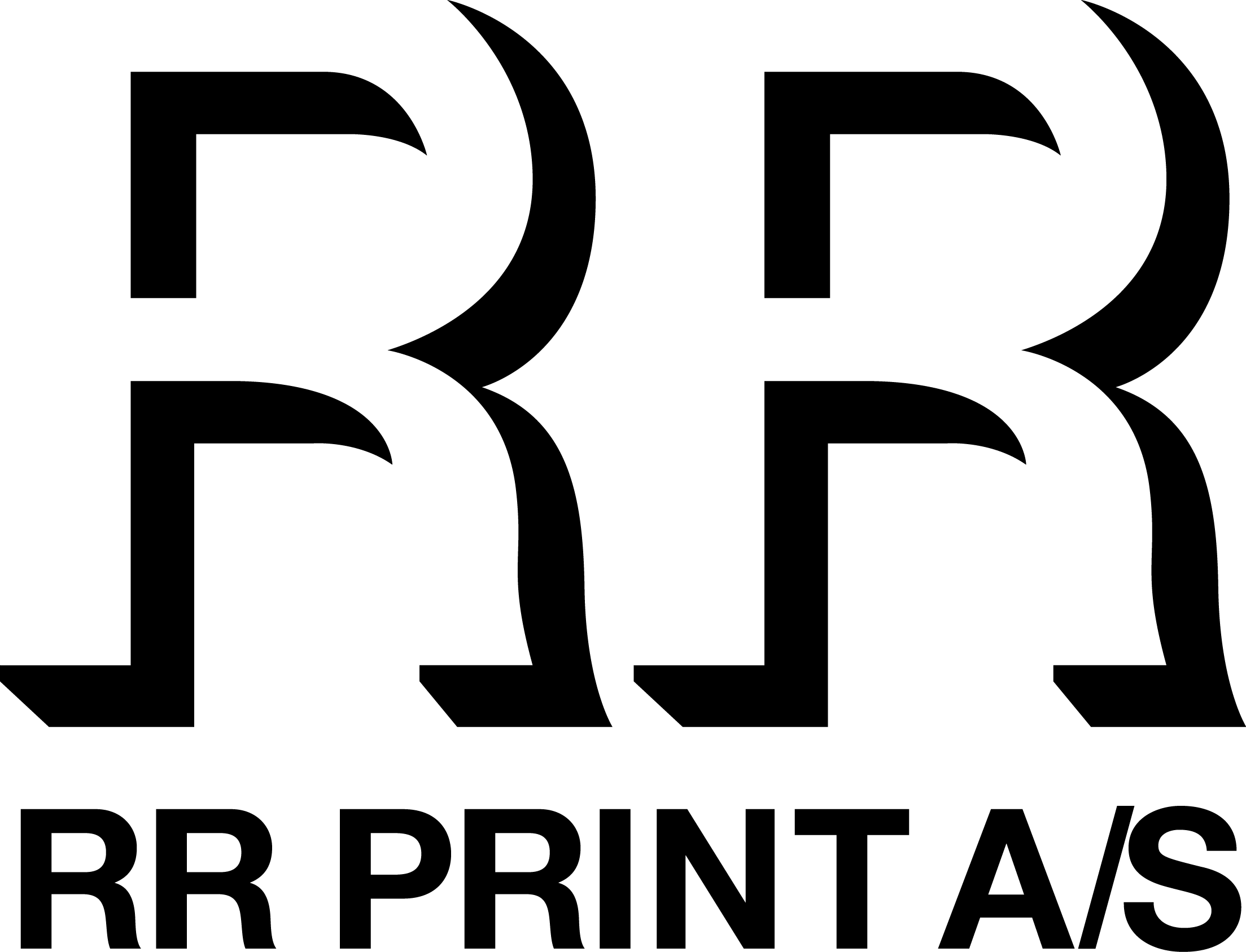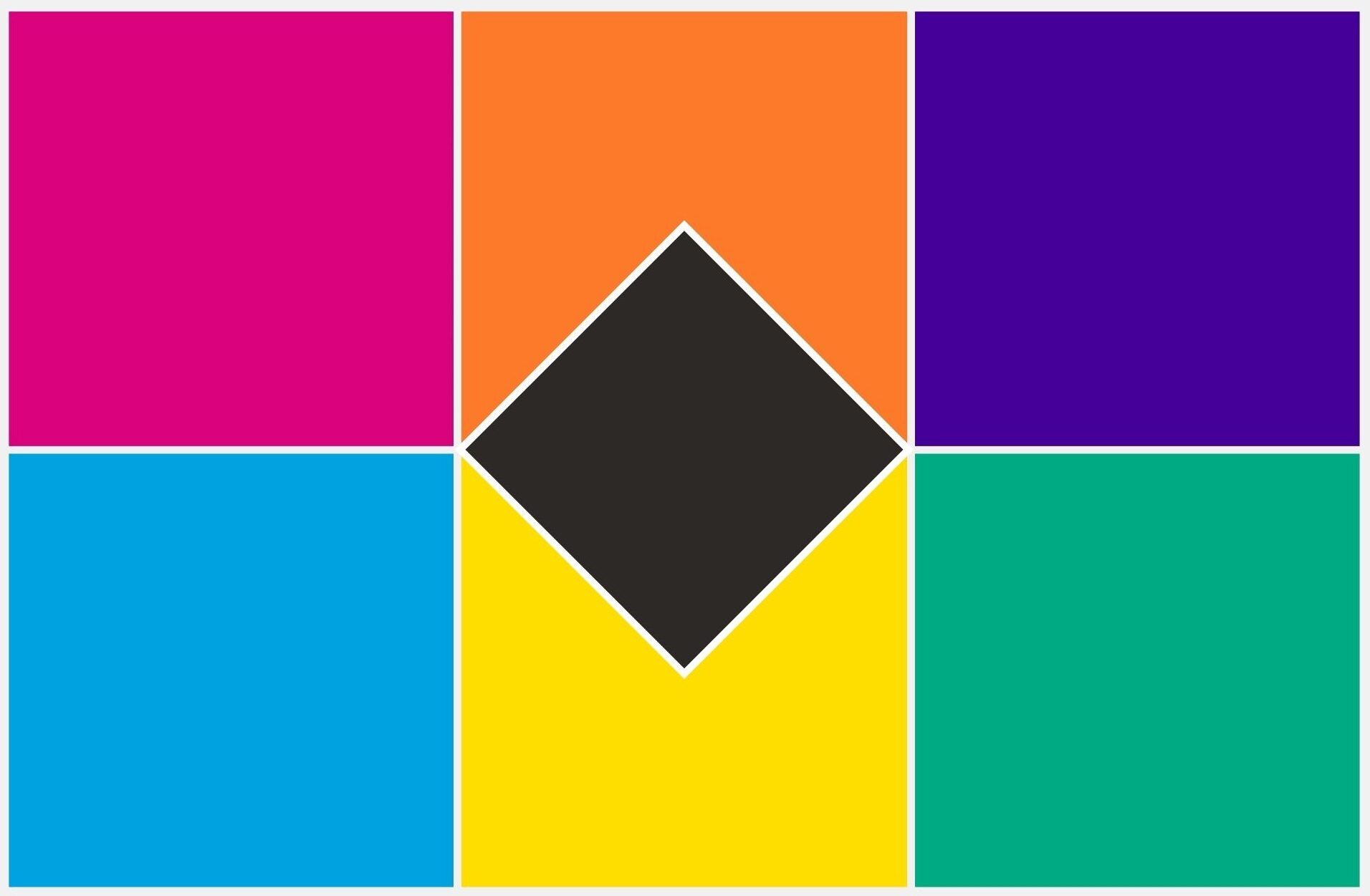Let me tell you a story about a project which has moved print jobs from digital to flexo:
A few years ago, Peter, René, Kim and I made the first test print with ECG* on an old uv-flexo narrow web press.
CMY ran with 3.0-gram aniloxes, K with 3.5 and OGV with approximately 6-gram aniloxes.
*ECG = when you standardize your machine and run CMYK+OGV instead of a bunch of mixed spot colours.
It looked pretty good.
Pre-press needed to be corrected a little, but this is quite normal when standardizing your printing.
The pre-press supplier did a superb job and sent us a new round of plates.
The next print looked even better.
BOOM!! The brand colours were spot on!.
Orange stood razor sharp and crisp. Black was deep black. And all the fun (now ECG-printed) pantone colours, skin tones and shades of grey were exactly as desired.
We looked at each other and smiled. Cool man! This actually works!
Fast forward to today, where the machines are now running ECG, and daily jobs are moved FROM digital TO flexo - because it makes sense. Because flexo is better in so many areas. Faster. Cheaper. Especially when the machines are standardized for ECG.
Why? Because nowadays, the day looks like this (and please try to compare such a day with YOUR current day?!):
CMYK + OGV are standard in the printing press. No need to change or clean aniloxes. Ink trays/chambers must not be emptied and cleaned. Ink mixing is no longer required. The plates are mounted and stand prepared on your trolley together with any die cutting equipment you may need, and the substrates are also ready.
The printer's job: Change the substrate in the machine, throw in the plates and go!
A regular average narrow web label printing press is idle more than half the time.
With ECG, you remove a large part of the downtime turning this into precious production time. You get your hands free and can easily move jobs around between machines - EVEN between digital and flexo. This frees up so much time for you to plan your production as best as possible.
If you don't know what ECG is, here's an explanation:
Traditionally, flexo narrow web label presses run many mixed/spot colours. It is a slow process, and it can be difficult to hit the right colours because flexo printing inks are historically unbalanced and therefore do not have the same colour strength in all colours. Flexo printers therefore use many different sizes of aniloxes, depending on which colour they pursue - and indeed also on which material they need to print. Too much guessing! This costs precious production time and is a waste of ink and substrates.
ECG is complete standardization of your machine, by which you run CMYK + Orange, Green and Violet instead of the many, many spot colours. Hence, you obtain the majority of all the colours you need.
And you most likely already have CMYK standardized anyway - because you probably don't mix inks and guess anilox roller volume all day long each time you change jobs, right? All that remains is to standardize 3 additional colours. It's a no-brainer. Get started!
Yes, there will still be a shade here and there that you can't 100% achieve. But this also applies for the inks you mix yourself. And you can't hit every colour in digital either. So, stop complaining about it. Just get the standardization started.
Obviously, you will have to make requirements for the printing inks to be used for the ECG. You can't print with anything. The inks must be strong enough for you to print both fine screen and full tone areas on the same plate. They must provide sufficient coverage and not build up at the bottom of the plate. They must be composed of pigments that offer as large a colour gamut as possible, enabling you to achieve as many different shades as possible. And they must be balanced. This is very important. If there is no control over the shade from bucket to bucket, you will face serious problems.
And if you still think this seems a bit confusing, we have even developed a Shortcut to ECG, which we would very much like to show you.
Just reach out to us.
PS. I have asked Dr. Kai Lankinen (find him on LinkedIn), who is a 100-meter champion in "Expanded Colour Gamut printing (ECG), CO2-footprint reduction and carbon reduction verification calculations" on his best advice for a printing company considering ECG.
He says:
“Easiest & fastest... Implementing ECG is simpler than people think, when ECG experts are involved. IMO, the implementation has specific steps that cannot be skipped. I’ve seen success, failures and unfinished projects. Surprisingly, an initial investment is not needed for a printer. Instead, an experienced and successful ECG repro partner is crucial. The ECG implementation varies from 3 to 36+ months based on printers' commitment. In any case, key first steps for success are:
- When mastering CMYK, it’s as well easy to print ECG
- Get management commitment
- Collaborate with an experienced ECG professional
- Analyse and define jobs fit for ECG
- Follow the implementation steps…
If needed, I offer guidance for a successful ECG implementation!

